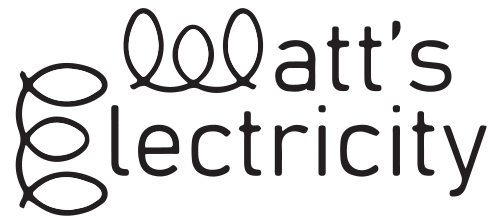



In preparation for the next board, we now go back to look at how capacitors charge when connected in series with a resistor.
Youtube video, suitable whether of not you have the board with you.
See board images.
Tutorial guide for when you have the board with you.
Start will the switches marked S1 to S4 down in the off position and S5 up in the on position. The left rotary switch should be at 20K and the right one at 400uF. Switch the board on with the big toggle switch and turn on S2. You will see that the right digital meter is showing the supply voltage. In a minute current will flow through the righthand panel meter, through R2 and the diode near S3. As it charges up you will see the voltage in the digital meter rise. As it does so, the meter on the right will change to a low value and then start to rise as well. It will take a little while but when the capacitor is fully charged, the voltage across it will be about 0.4 volts below the supply voltage. This 0.4v is what is across the diode.
Now turn on S1. This will not really change much until you turn off S3, do this now. You will get a current flowing through R2 and R1 and this will discharge the capacitor, but look as the voltages in the digital meters on the sides. One is higher than the supply voltage and the other is lower. The reason why you get these reading is that the top of the board is connected to the supply voltage and the current flowing from the capacitor puts half its voltage across R1 and half across R2. One adding to the supply voltage and the other taking it away. By the time the capacitor is fully discharged the meters will be back to the supply voltage.
Now switch on S1 and S4, you will see that the capacitor is being charged the other way so the voltage recorded in the meter in the middle is showing a negative value. When it’s fully charged, turn on S3. Note the reading in the righthand meter, it’s showing a negative value. Turning on S3 has ‘pulled’ the voltage on the left side of the capacitor down to 0.5 volts. As there is still a negative voltage across the capacitor it’s changed the voltage on the right side to be less than zero. The diodes will hold the negative voltage. To discharge the capacitor, turn on S2. You will see how all of this can be used on the next board when instead of having diodes and switches, we have transistors.
Do the experiments again but will the rotary switches on different setting. See whether higher resistor and capacitor values makes the capacity charge quicker or slower.